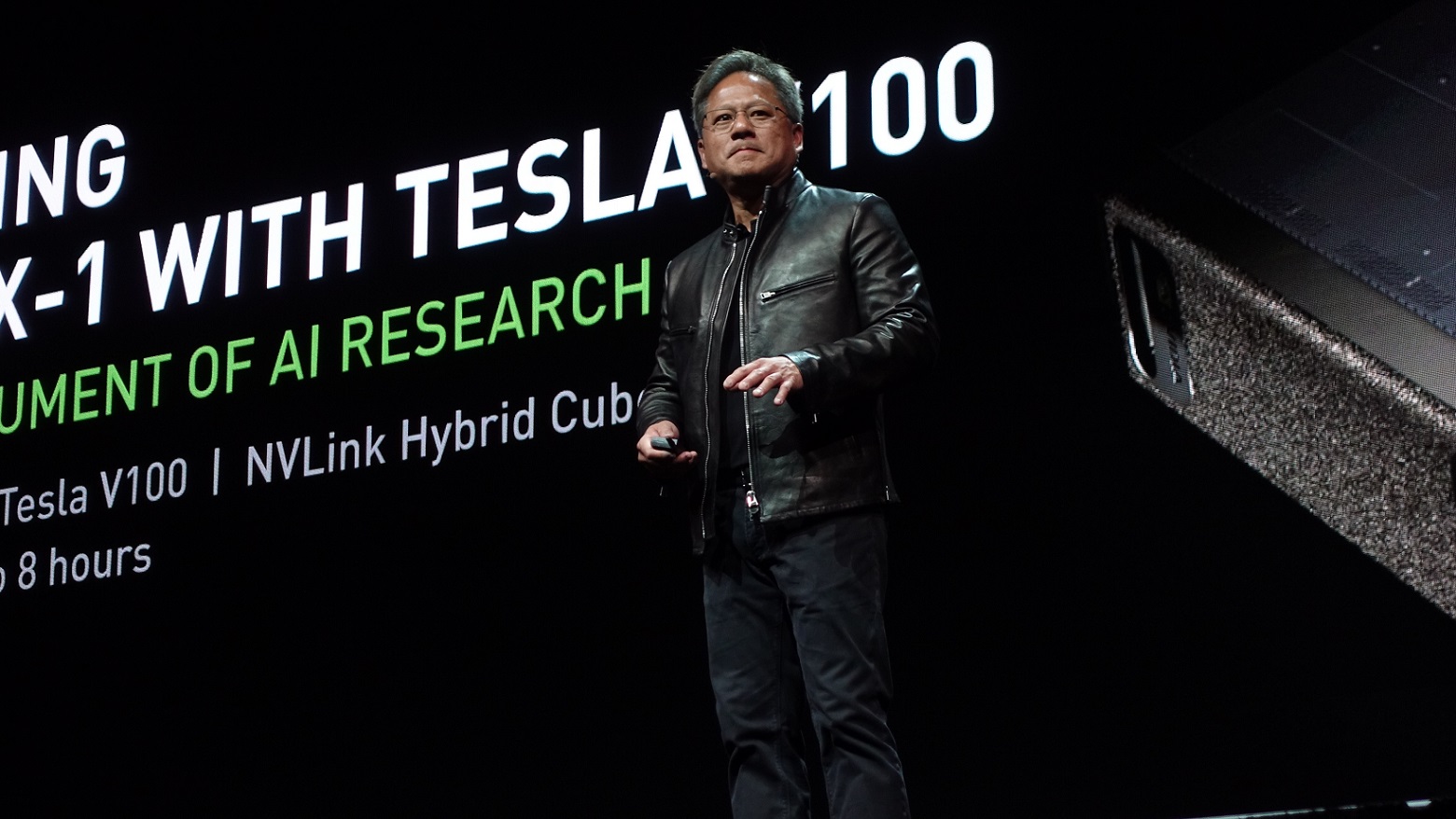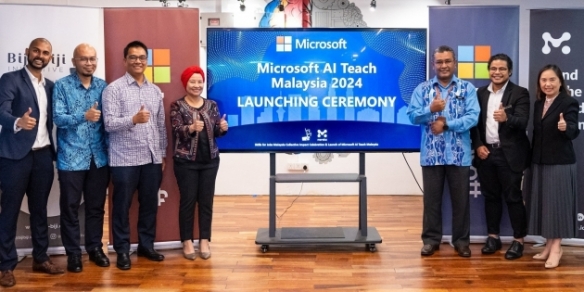GTC 2018: Nvidia’s bet on AI, machine learning paying off: Page 2 of 2
By Edwin Yapp April 24, 2018
Pushing the envelope

Back to Huang at the press conference. Fielding a wide continuum of questions, Huang answered everything from the future of his company, the issue of safety in self-driving cars and how he views the current deteriorating trade climate between United States and China.
Below are excerpts of the interviews. Responses have been edited for brevity and clarity.
Q: You’re growing fast for now but is there some kind of barrier that Nvidia is going to hit? Is there a limit to your technology in the light of quantum computing?
Huang: The only thing that should slow us down are the laws of physics. In the end this is the only barrier. And there is a quite a lot of evidence that we’re nowhere near this barrier as yet. Eventually the separation between semiconductor [technology] and quantum physics is going to be pretty blurry. So I’m not worried about anything. We have an architectural horizon of about 10 years. So for the next 10 years, we are satisfied that we’ll continue to get advances. So I think we’re OK for now.
Q. What are some of the risks going forward for Nvidia?
Huang: If you look at every single market we’re in, the risk itself is that the market doesn’t exist. For instance, the risk for self-driving cars is that the future of cars is not autonomous. The risk for PC gaming is that people don’t want to use PCs to play games [anymore]. The risk for AI is that we’ll never solve the AI problem and that it’s useless.
Each of these markets, have significant risks. Ten years ago, all these markets were very small, and you could argue that it was risky [then]. Today, they have become big and less risky. When you create technology, you have to take risks. When you create markets, there will be market risks. So as a company we do assume both risks.
Q: Many tech companies are competing in AI, so how do you respond? Is there a threshold? Any risk of GPUs becoming obsolete especially with the rise of field-programmable gate array (FPGA) technology?
Huang: I don’t think so. I don’t think FPGAs are not the right answer. When you want to build something for self-driving cars, you should have a very large group of expert engineers designing the chip one time and sell that to everybody. FPGAs are good for prototyping when things don’t have to be perfect. But if you want a self-driving car to be perfect, I would get myself a professional team, the world’s best and build myself a customisable application specific integrated chip (ASIC).
This is the level of commitment we’ve put in. We started this five years ago in order to create an autonomous future. In building a self-driving car, we have to create tech, algorithms, we have to create a computer that is a programmable system that is software defined and at the same time be industrial grade. You must develop the software, maintain it, simulate the car for miles. It’s not about merely building a chip. It’s about having a comprehensive strategy to build self-driving autonomous vehicles.
Q. Uber suspended its autonomous self-driving programme in the light of the recent accident. What is your comment on this?
Huang: First of all, Uber does not use our drive technology. Uber develops its own sensing and drive technology. This is obviously an important moment and I, as an engineer and someone who cares about safety, am looking forward to Uber’s investigation and what it learns from it.
Q: What led you to suspend your own [Nvidia’s] testing of your autonomous vehicle programme and what was the scope of your suspension?
Huang: What prompted us to stop is extreme excellence in engineering practices. We stopped almost immediately, a day or two after we heard about the accident. Good engineering practice is this: Whether you’re exercising the highest quality of engineering systems or the highest quality of care, it doesn’t matter because when there is an incident that happens, and if there is a new piece of information that comes out of an incident, you should pause to learn from it. There is no question in my mind that everybody in the industry should pause to look at the situation and learn from it. We will continue to develop and invest in self-driving testing but in open road testing, we will take a pause.
READ ALSO: GTC 2018: Autonomous vehicle development should continue, urges Nvidia boss
.jpg)
Q: So in your estimation, what is needed to make autonomous vehicles work in reality?
Huang: Firstly, the tech needs to improve and we will continue to improve in this area. Secondly, the product has to improve. The product is different from the technology. A product is a constraints set of use cases. For example, we are told not to use a microwave in the bathtub, and for good reason. In self-driving cars, we need to put constraints on its usability. We cannot just allow a product to do anything.
Thirdly, users have to be accustomed to tech. There is no question in my mind that autonomous vehicles will help save lives and [ultimately] improve transportation. There could be more regulations too which is good, perhaps there should be a driver’s test for a self-driving car, and that is a good thing. These things will all evolve at the same time.
Q: What is your view about the recent revelation that Facebook had its users’ data misused by other third parties?
Huang: Personal data should be kept with great care. I know they are working very hard to solve the problem and I think that data privacy matters. When you make a large contribution to society, there has to a balance between how you use the data and provide services.
Q. What is your opinion about the ongoing tariff barriers that the US government has levied on China, and do you think that this would lead to a trade war between the two nations?
Huang: I don’t like wars of any kind. I don’t think wars of any kind are good [for both parties.] We sell to China and we have many partners who depend on Nvidia’s technology. We have many employees in China and we have supply chain partners in China who help us and so the US depends on China, Taiwan and other nations. We have great interdependence with each other and so we have to find a way to be fair with each other and live with each other.
Edwin Yapp reports from GTC 2018 in San Jose, at the invitation of Nvidia Corp. All editorials are independent. He is contributing editor to Digital News Asia and an executive consultant at Tech Research Asia, an advisory firm that translates technology into business outcomes for executives in Asia Pacific.
Previous installments from GTC 2018:
GTC 2018: Autonomous vehicle development should continue, says Nvidia boss
GTC 2018: Nvidia burnishes its AI credentials with new line up
GTC 2018: Nvidia aims to leverage on AI, machine learning
For more technology news and the latest updates, follow us on Facebook, Twitter or LinkedIn


